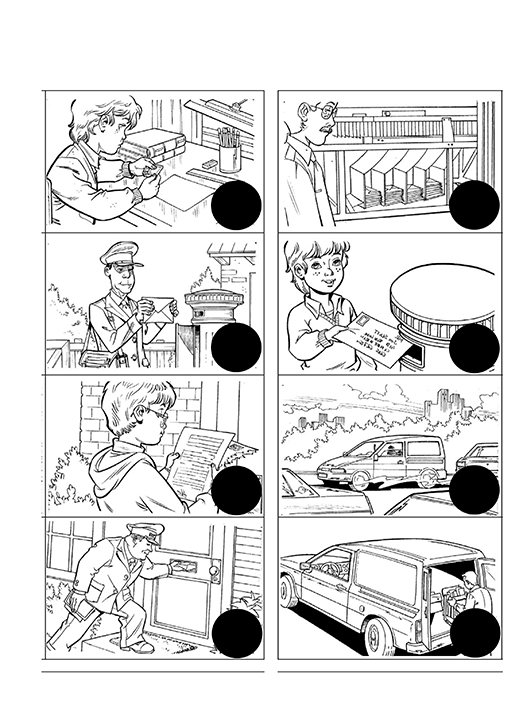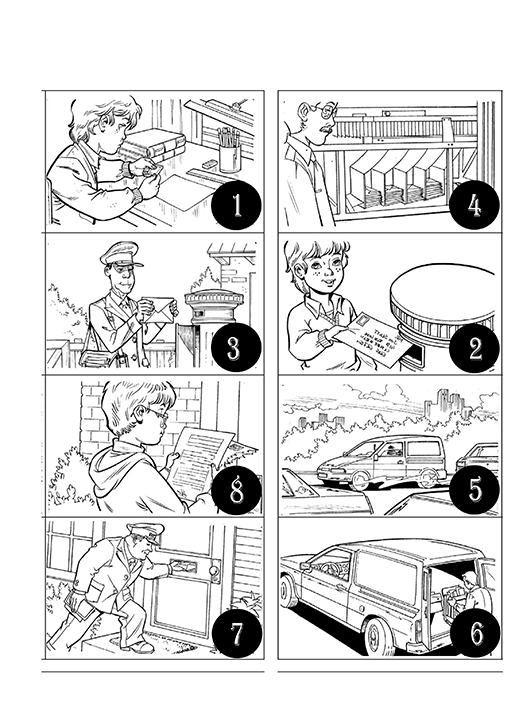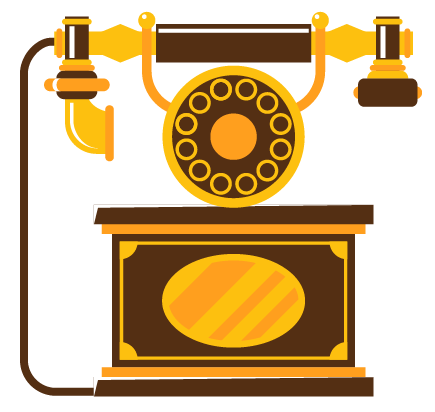NCERT Solutions For Class 3 Evs Chapter 17 Here Comes A Letter - 2025-26
FAQs on NCERT Solutions For Class 3 Evs Chapter 17 Here Comes A Letter - 2025-26
1. How do the NCERT Solutions for Class 3 EVS Chapter 17 explain the journey of a letter?
The NCERT Solutions explain the journey of a letter as a step-by-step process. To correctly answer this, you should mention the following stages:
A person writes a letter and puts it in an envelope with the full address and a stamp.
The letter is dropped into a postbox.
A postman collects all the letters and takes them to the main post office.
At the post office, letters are sorted according to the city and PIN code and then stamped.
The sorted letters are sent to the destination city by van, train, or aeroplane.
At the destination city's post office, a local postman delivers the letter to the recipient's address.
2. According to the NCERT exercises, what key differences should a student spot between various types of letters?
To solve this correctly as per the NCERT pattern, a student should observe and compare different features of the letters shown in the textbook. Key differences to look for are:
Type of Mail: Identify if it is a postcard, an inland letter, or an envelope. A postcard is open, while an inland letter can be folded for privacy.
Stamps: Note the different pictures and cost of the stamps used.
Postmarks: Check the postmark, which shows the date and location of the post office that processed the letter.
Addresses: Compare the sender and receiver addresses to see if they are from different cities or states.
3. Why is writing a complete address and PIN code a crucial step in the solutions for Chapter 17?
Writing a complete address and PIN code is a crucial step because it is the most important instruction for the postal service. The solutions emphasize that without a full address (name, house number, area, city) and the 6-digit PIN code, the letter cannot be sorted correctly. The PIN code helps machines and postal workers to quickly identify the exact delivery post office, preventing delays and ensuring the letter reaches the right person.
4. How do you solve the question comparing a letter and a telephone call from Chapter 17?
To solve this comparison question, you should focus on their primary purpose and their differences. Both a letter and a telephone call are used for communication to connect with people who are far away. The main differences to mention are:
Speed: A telephone call provides instant communication, while a letter takes several days to be delivered.
Form: A letter is a written form of communication, whereas a telephone call is verbal.
Record: A letter serves as a physical record, while a call does not, unless recorded.
5. What items can be found inside a post office, as per the NCERT solutions for 'Here Comes A Letter'?
The NCERT solutions for Chapter 17 indicate that a student should be able to identify several items and activities inside a post office. These include counters for selling stamps, postcards, inland letters, and envelopes. You would also see people sending money orders or parcels, postal workers sorting letters into large bags, and official letterboxes for posting mail.
6. Who are the main people involved in delivering a letter from start to finish?
The solutions for this chapter highlight a chain of people who work together to deliver a letter. The key individuals are the sender who writes it, the postman who collects mail from letterboxes, the postal clerks who sort the mail at the post office, and finally, the delivering postman who takes the letter to the recipient's doorstep.
7. How do the exercises in Chapter 17 help us understand the importance of community helpers?
By solving the exercises in 'Here Comes A Letter', we understand that sending a letter is not a one-person job. It requires a coordinated effort from many community helpers, especially the postman and other postal workers. The chapter shows how we depend on their work to stay connected with others, teaching us to respect and appreciate their role in our society.



























